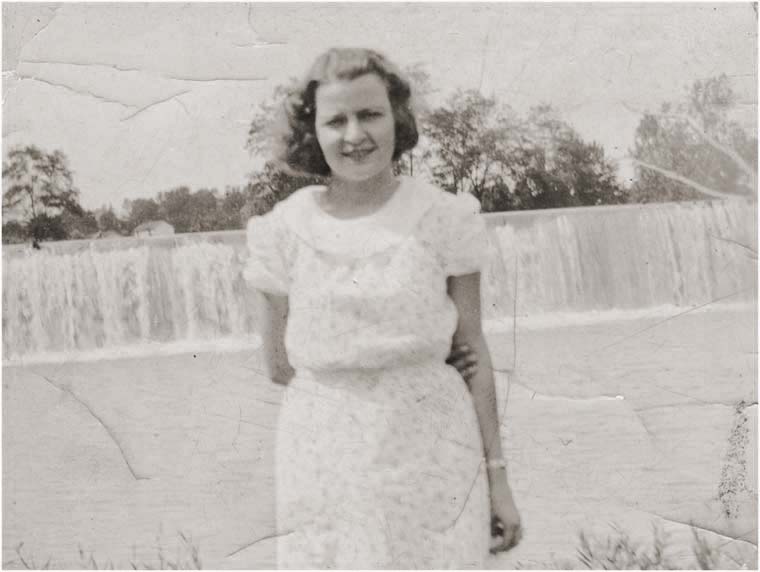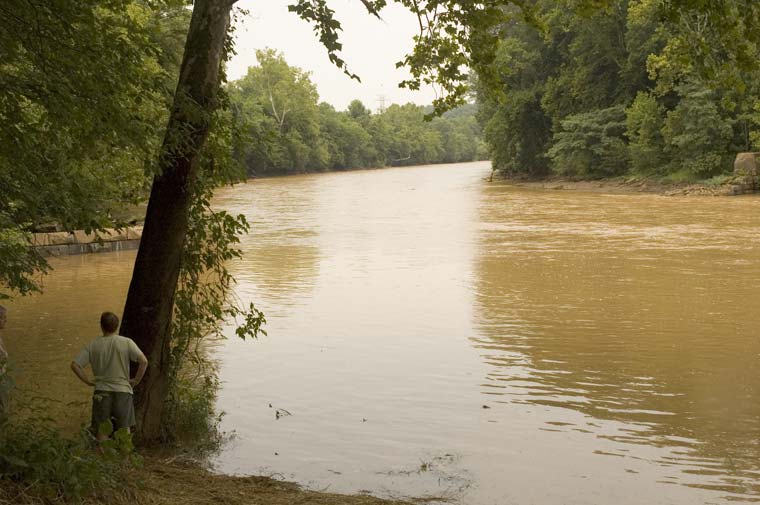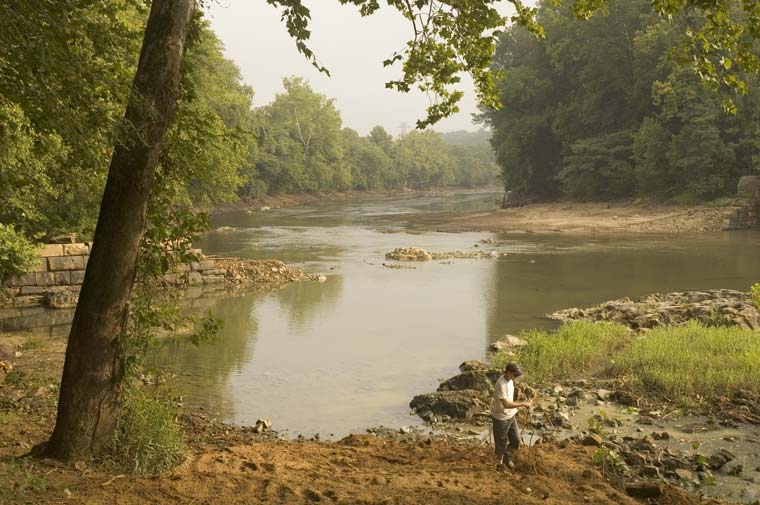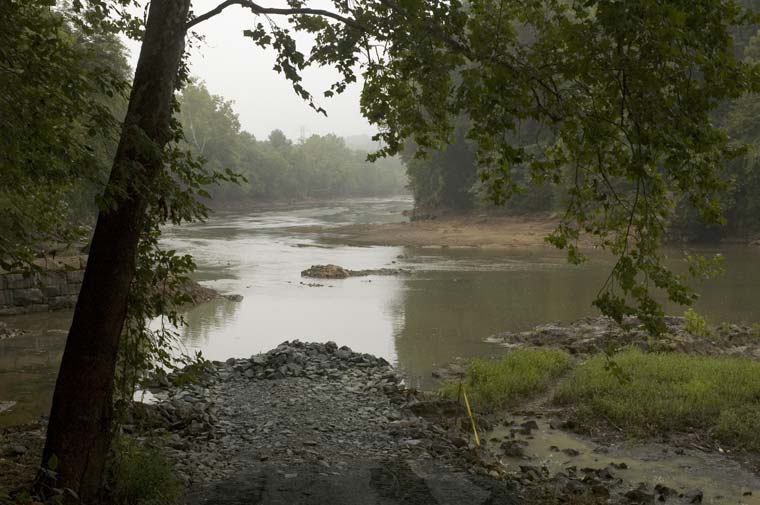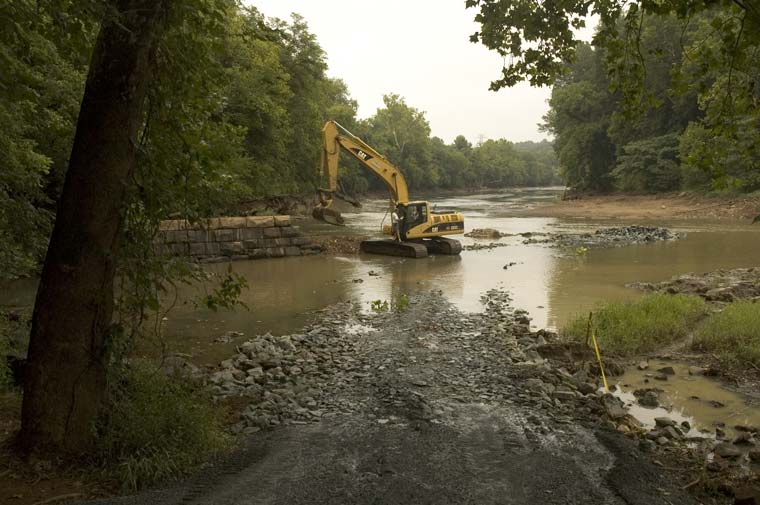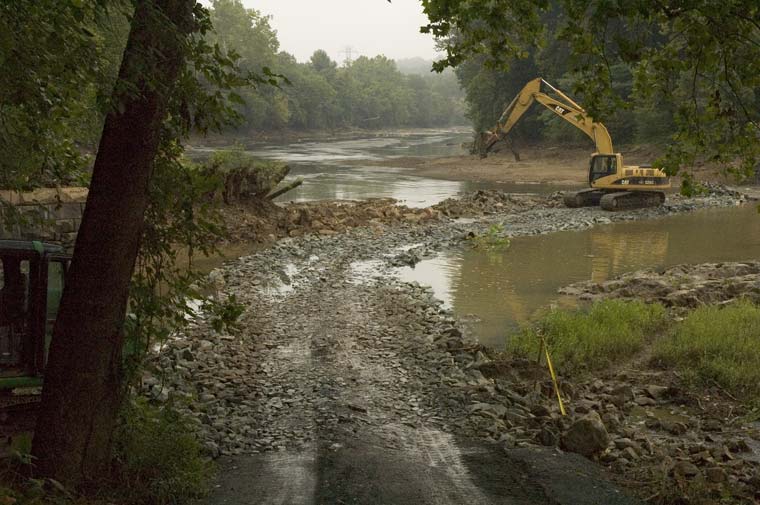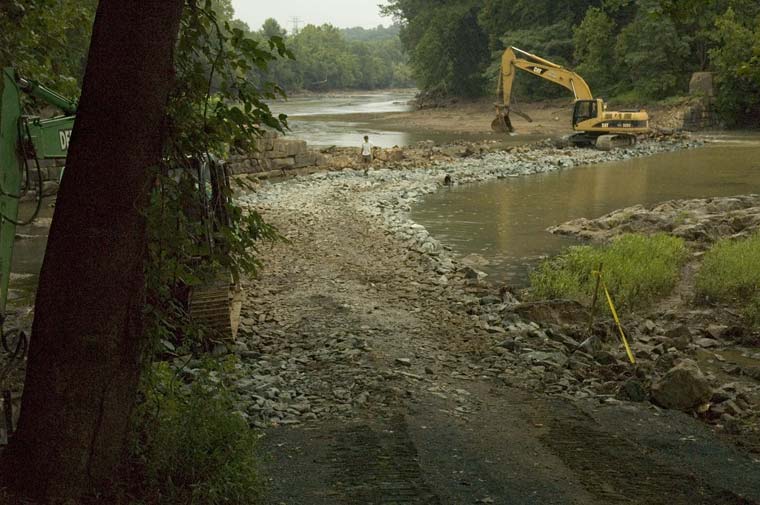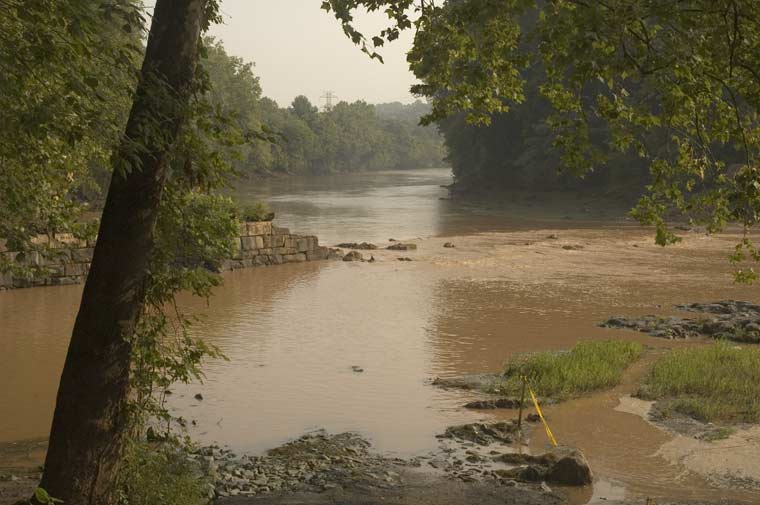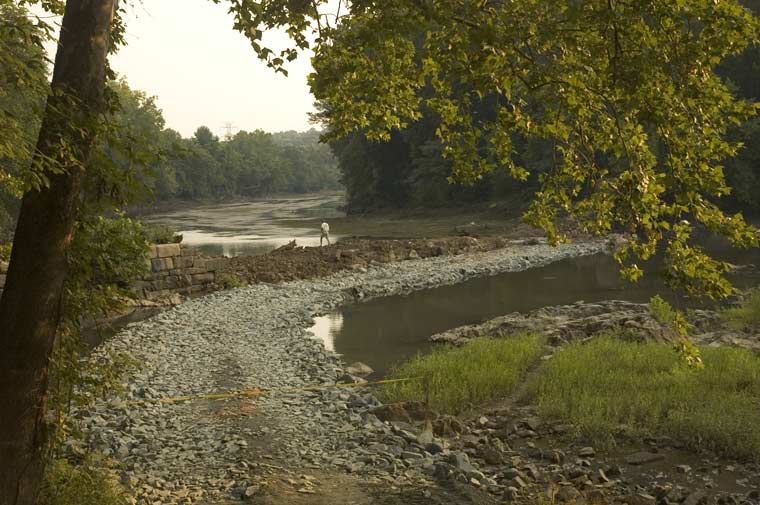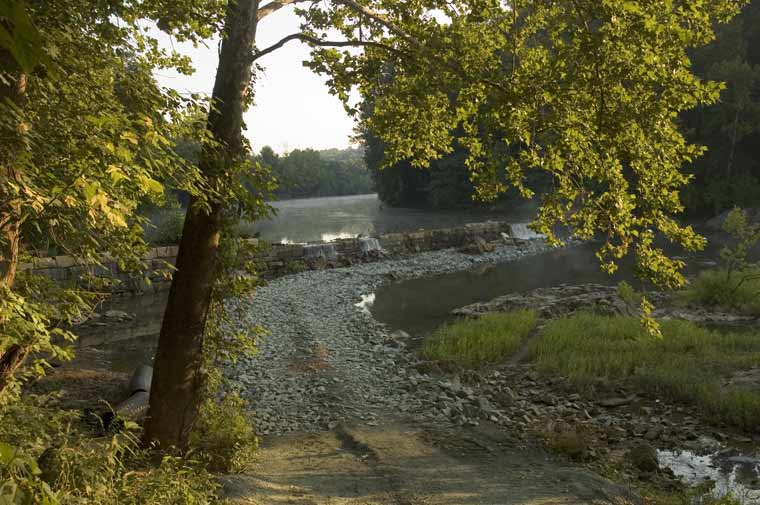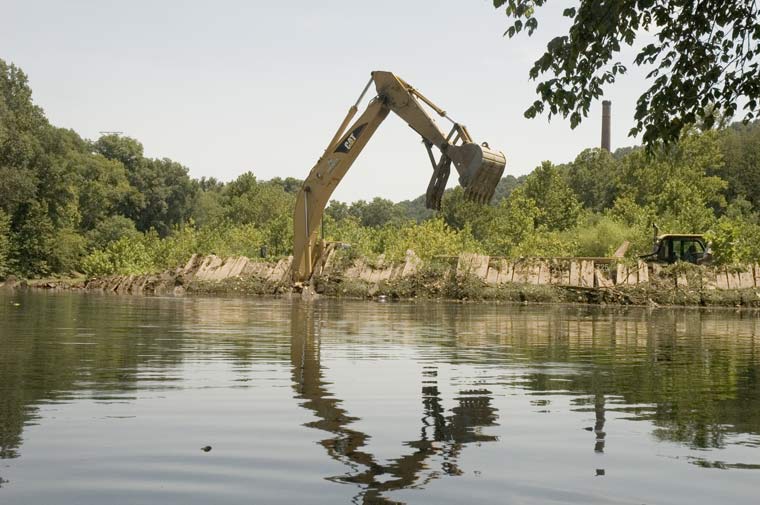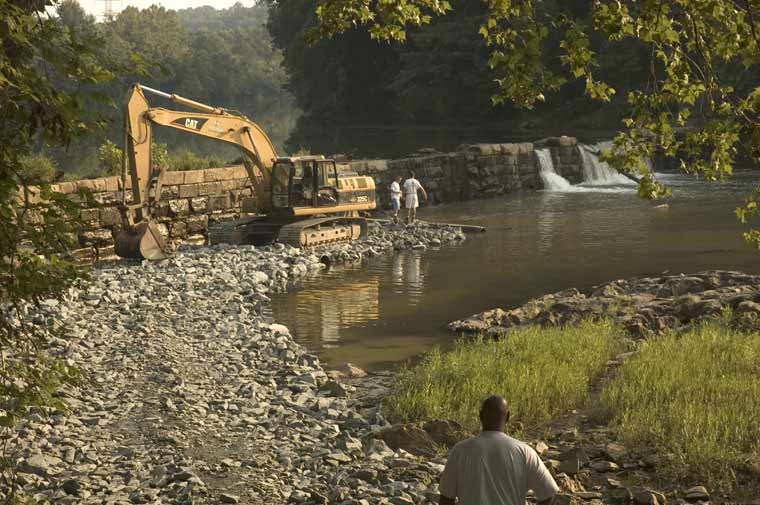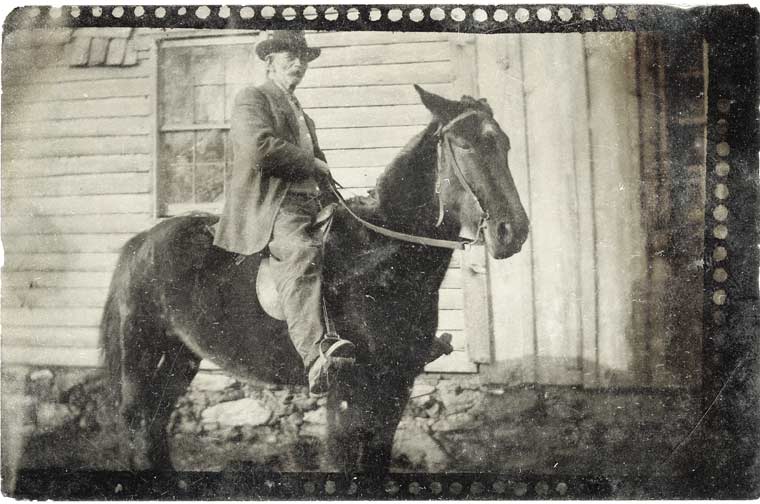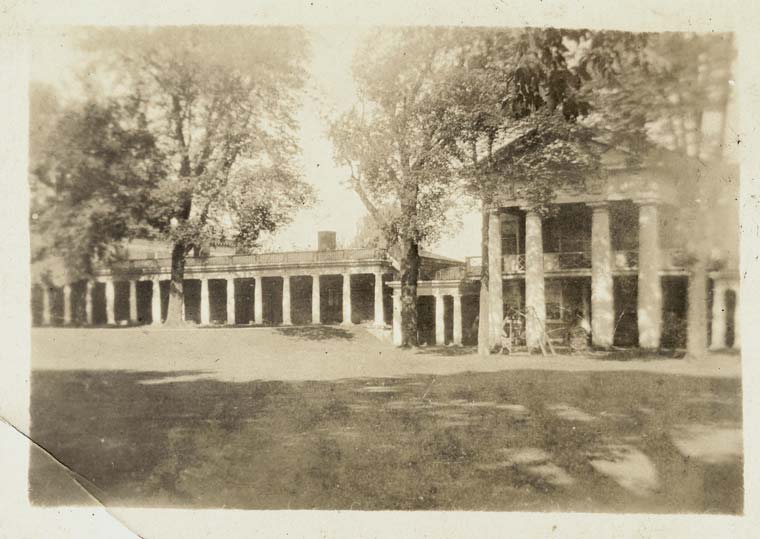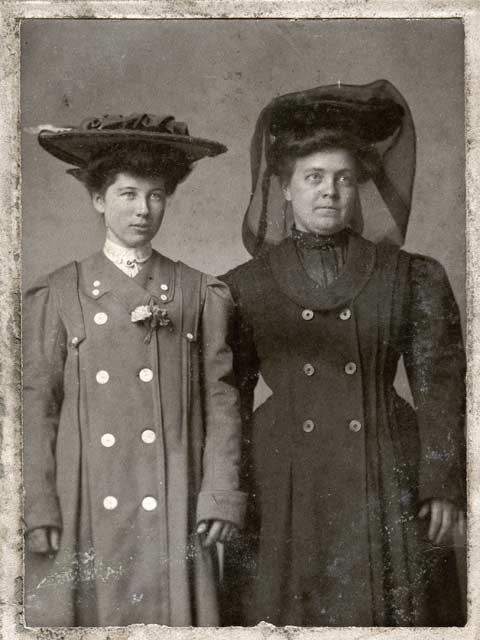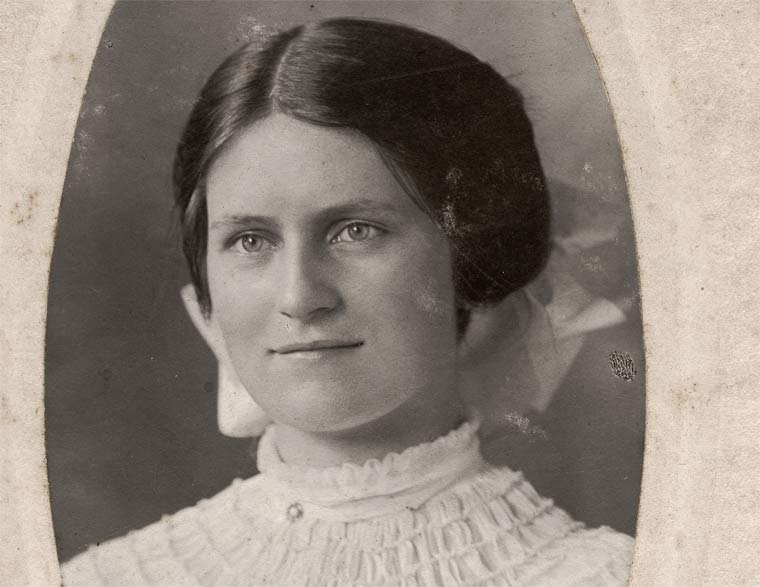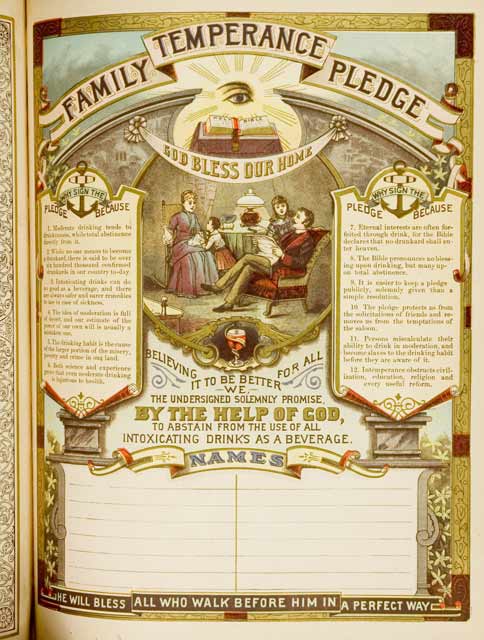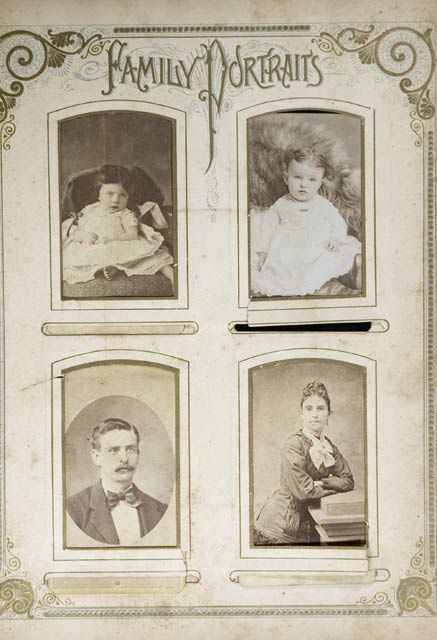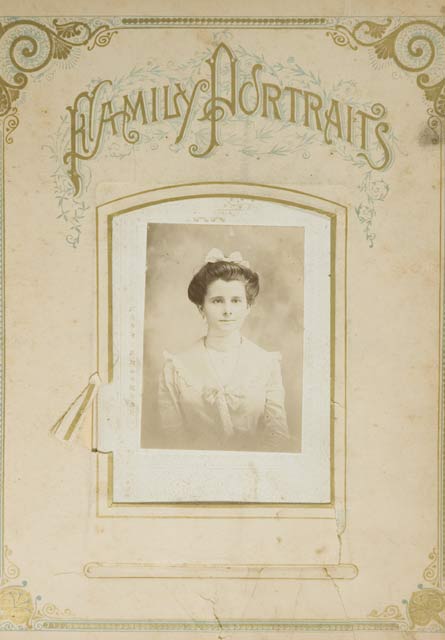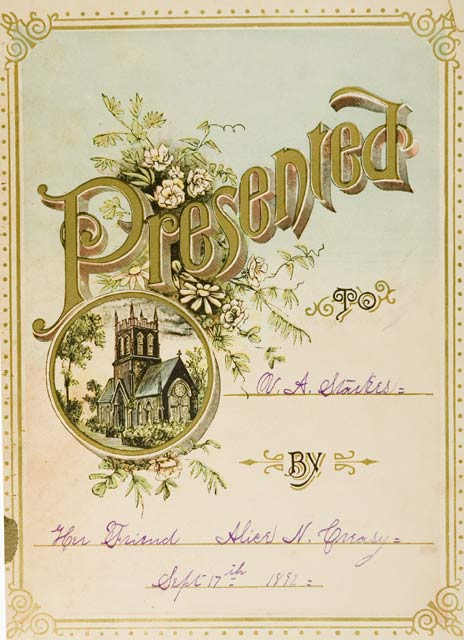the small cotton and wool factory
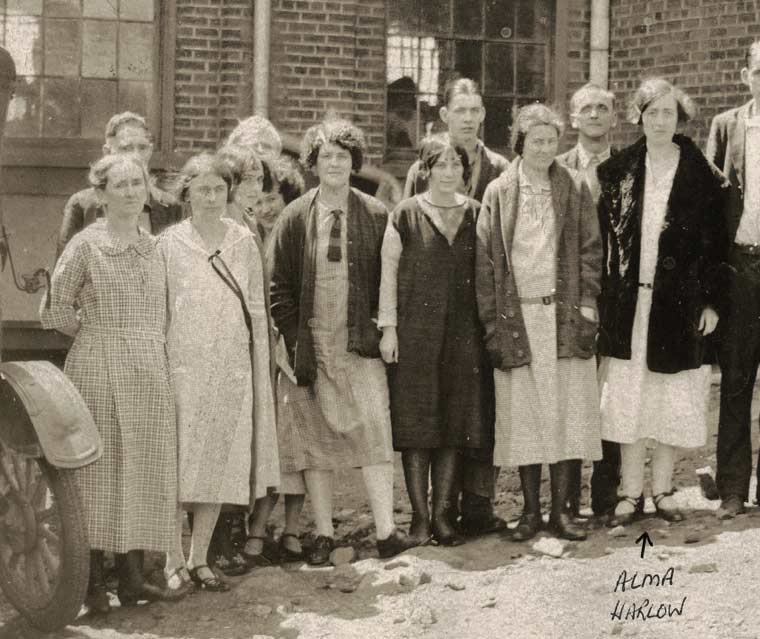
Against this national backdrop the small cotton and wool factory near Charlottesville, Virginia, began its struggle for existence. At first glance, one might deny that the Charlottesville company existed before the War Between the States. Legally, its corporate history dates only to December 19, 1868, at which time its charter was granted. But the mill of 1954 is the direct outgrowth of the money and men behind an ante-bellum enterprise operating on the same site, a thirteen-acre tract of land commonly known as "Pireus" at the junction of Moore's Creek and the Rivanna River one mile east of Charlottesville. It is the product of the efforts of a small group of local people, and one family in particular, aided by an accretion of northern capital following the War.
The present woolen mill can be linked to the ante-bellum factory by three threads: location of the business, changes in ownership, and the varying products of the old mill. Together, they indicate that historically there was only a single enterprise, one undergoing an evolution very similar to the national pattern of growth in wool manufacturing. To trace this gradual development, one must follow the sometimes dim line of these threads to the birth of the company in 1868.--Harry Poindexter
Labels: Poindexter History
